When it comes to selecting the right footwear, the choice often depends not only on style but also on comfort and durability. Brands like Nike and Adidas have long established themselves as leaders in the athletic shoes category, known for their innovative technology and versatile designs. For those leaning towards luxury, Gucci and Christian Louboutin offer high-end fashion statements that seamlessly blend elegance with bold style. To explore a curated list of the best footwear brands that suit different needs and preferences, take a look at the detailed analysis below.
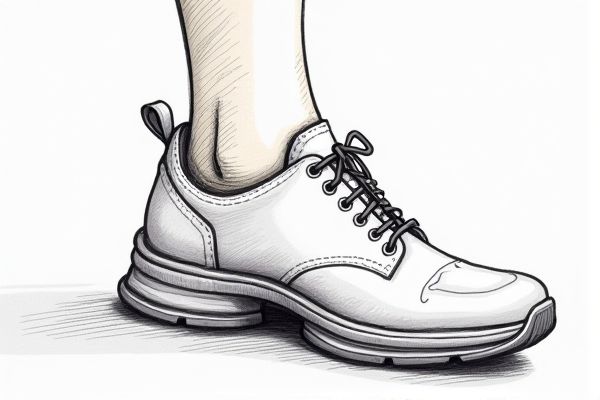
Illustration of footwear
Best brands of footwear in 2025
Nike
Nike is the world's leading supplier of athletic footwear, holding a significant 38.2% of the total footwear market as of 2022 and a 30% share in the athletic footwear market, which has seen a 67.6% increase since 2011. The company dominates the sneaker market with a 38.5% share and has a stronghold in basketball shoes, capturing 86% of the performance basketball market as of 2019. Nike produces over 800 million pairs of shoes annually, with 44.2% of its products designed for men and 38.1% for women. The brand's footwear segment accounts for approximately 62.5% of its global revenues, with North America being its largest market, generating $12.2 billion in sales in 2022. Despite recent challenges, Nike remains a dominant force in the sportswear industry. For more details, explore the Nike shoes statistics.
Adidas
Adidas is a leading global footwear brand, known for its iconic three-stripes logo and innovative designs. As of 2022, Adidas holds a 15.4% market share in the global athletic footwear market and a 14.7% share in the sneaker segment. The company has seen significant growth, particularly in Europe, where it has gained market share over the past year, while also experiencing a 12.2% increase in net sales in the EMEA region from 2021 to 2022. Adidas generated $23.43 billion in revenue in the year ending March 31, 2023, and its footwear segment accounted for 55.1% of its total net sales in 2022. Despite recent challenges, Adidas remains the second-largest athletic brand globally, just behind Nike. For more details about their products and global presence, visit the Adidas official website.
Puma
PUMA is a leading footwear producer, having achieved a significant market presence with a 1.2% global shoe market share and 4% of the athletic shoe segment in the United States as of 2022. The company generated $4.6 billion in footwear revenue in 2022, marking a 28.8% year-on-year growth from 2021. PUMA holds a 5.1% share in the sneaker market and a 2.1% share in the global athletic footwear market. The brand has seen continuous growth since 2014, with a compound annual growth rate of 7.6%, and it is expected to reach $6.2 billion in footwear revenues by 2030 if the trend continues. PUMA also maintains a strong presence in the NBA, averaging a 3.4% share over the past five seasons. For more detailed insights, explore the PUMA shoes statistics.
Reebok
Reebok, once a dominant force in the footwear industry, briefly surpassed Nike in the mid-1980s with $1.82 billion in sales in 1989, compared to Nike's $1.71 billion. However, its market share has significantly declined, now holding just 1.1% in the sports footwear space and 0.3% in apparel, ranking 16th in sales. Despite this, Reebok remains known for its innovative designs, such as the Freestyle and Pump, and its cultural relevance through collaborations with notable figures. The brand continues to strive for renewal, including the launch of premium lines like Reebok LTD, which aims to redefine the space between sport and culture. Reebok's history and legacy make it a significant player in the footwear market, even if its current market share is diminished. More about Reebok's journey can be found in this detailed analysis.
New Balance
New Balance is a prominent footwear brand, holding a 4% global market share and a 10% share in the US market. In 2022, the company achieved a record-high $4.23 billion in shoe revenue, which accounts for 80% of its total revenue, marking a 214.1% increase from 2008. New Balance produces approximately 16 million pairs of shoes annually and has seen significant growth, especially among Gen Z, with favorability jumping to 52% in 2023. The brand also holds a 6% share of the global athletic shoe market and a 7.3% share in the global sneaker market. New Balance has strengthened its presence in the NBA, reaching a 2.3% share in the 2022-23 season. For more detailed insights on their market performance, visit New Balance Shoe Statistics.
Skechers
Skechers, founded in 1992 by Robert Greenberg, has established itself as one of the leading producers of footwear, known for its comfort, style, and innovative technology. The brand has seen significant growth, with global sales reaching over $6.7 billion in 2022. Skechers is particularly renowned for its Memory Foam insoles, which provide superior comfort and support. The company's commitment to quality and innovation has earned it a loyal customer base, with a market share of around 5% in the global athletic footwear market. Skechers also emphasizes sustainability, with a focus on eco-friendly materials and manufacturing processes. Discover more about their innovative footwear solutions on their official website.
Vans
Vans is a renowned footwear brand, celebrated for its high-quality and durable shoes, particularly among the skateboarding and action sports communities. Founded in 1966 by Paul and Jim Van Doren, the company has impressively grown to produce between 70 and 85 million pairs of shoes annually, with each pair meticulously worked on or inspected by up to 450 people. Vans enjoys strong brand recognition, evidenced by over 80% of sneaker owners in the US being aware of the brand, with 25% of this group owning Vans shoes. The brand's appeal is especially pronounced among younger generations like Gen Z, where 90% recognize Vans and 39% own a pair. Vans' iconic models, including the Authentic, Era, and Old Skool, have become staples in the footwear industry. For more details about the company's history and impact, visit their official website.
Converse
Converse, a renowned footwear brand, holds a 4.6% share of the global athletic footwear market and generated $2.5 billion in global revenue in 2023, marking a 13% increase from the previous year. The brand's e-commerce sales grew by 20% in 2023, with mobile purchases accounting for 65% of total online sales. Converse enjoys a high customer retention rate of 75% and has seen a 40% increase in social media engagement. The brand's sustainable products have also seen a 10% growth, and it has strong sales growth in the Asia-Pacific region, with an 18% year-over-year increase. Converse's brand value is estimated at $4.2 billion as of 2023. Discover more in this marketing case study of Converse.
Asics
Asics is a leading athletic footwear brand, holding a global market share of 8.1% and positioning itself as the fourth-largest athletic footwear brand worldwide. In the performance running footwear segment, Asics maintains a significant presence with a 13.3% market share as of January 2020, surpassing Nike and Adidas. The brand generates substantial revenue, with $2.73 billion in footwear net sales in 2022, and it dominates markets like Australia with a 36% share. Asics aims to increase its market share in various regions, including Europe and North America, by 2026. The company's commitment to high-quality products and innovative technologies, such as GEL(tm) technology, has contributed to its strong market presence. For more insights into Asics market share, visit their comprehensive analysis.
Under Armour
Under Armour has emerged as a formidable player in the footwear market, surpassing Adidas in combined apparel and footwear sales to become the second-largest sports brand in the U.S. As of 2024, Under Armour's U.S. apparel and footwear sales reached $1.2 billion, with apparel sales accounting for 14% of the U.S. market, more than twice that of Adidas. The company's innovative products, such as the HeatGear and ColdGear lines, have set it apart in the industry. Under Armour's footwear, featuring technologies like Charged Cushioning(r), UA Flow(tm), and HOVR(r), has seen significant growth, particularly in athletic specialty and sporting goods retailers. This success is part of Under Armour's broader strategy to target the women's sports apparel and footwear markets and expand globally. For more information, visit their official website.


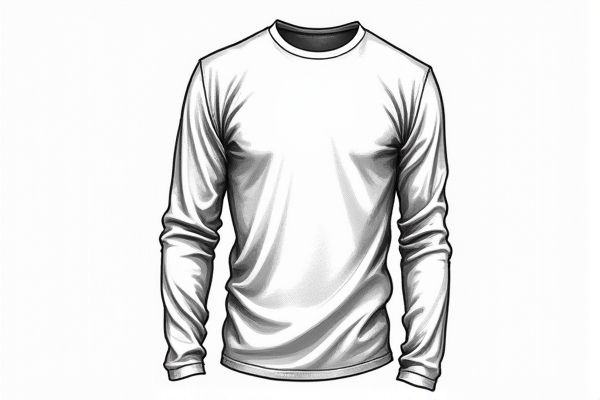

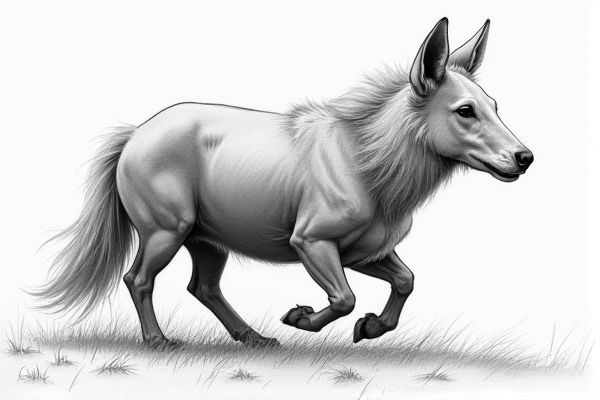





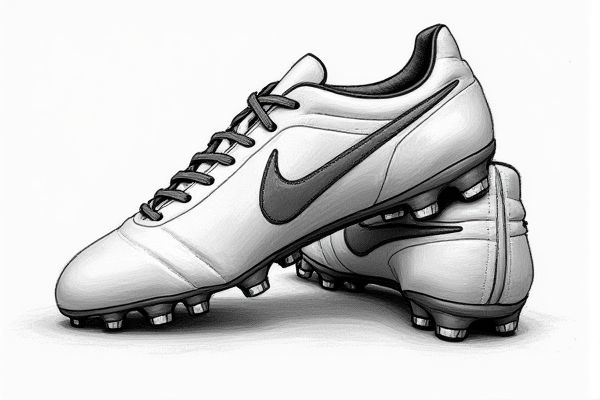
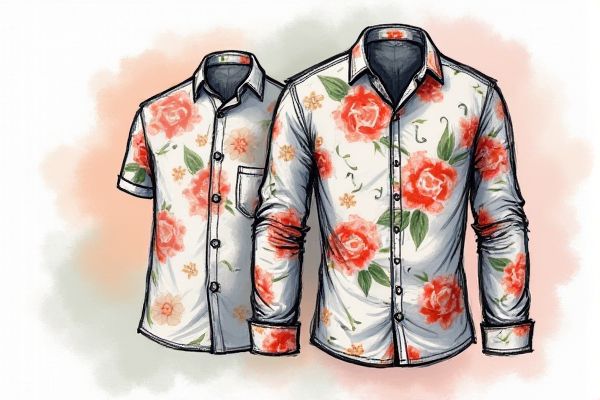

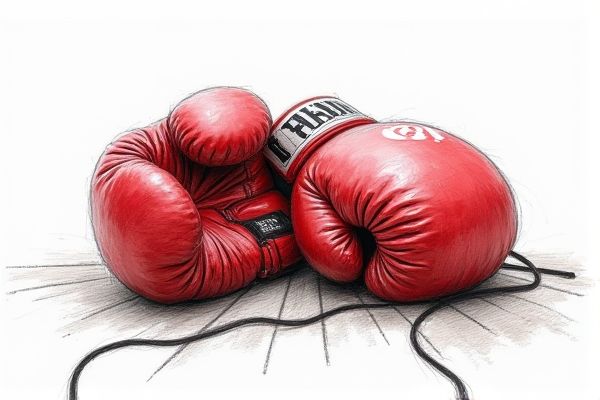
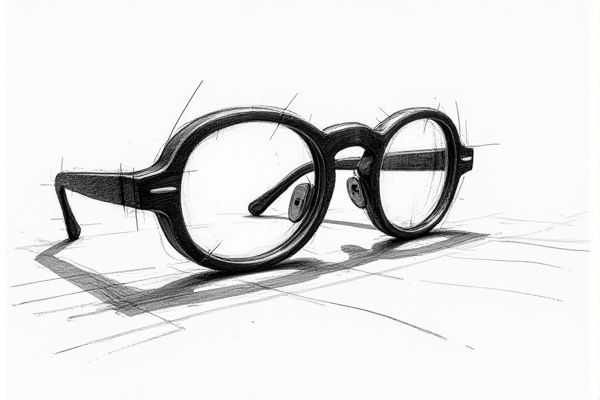

Leave a Reply
Your email address will not be published.